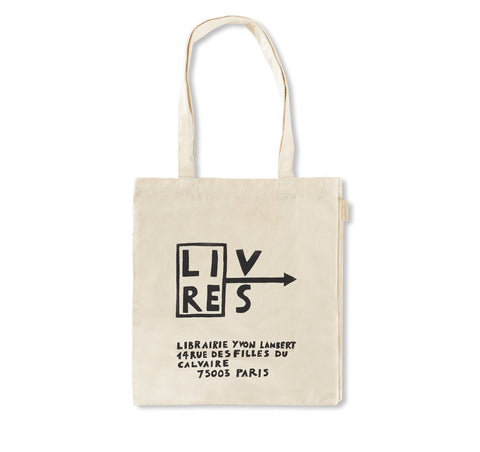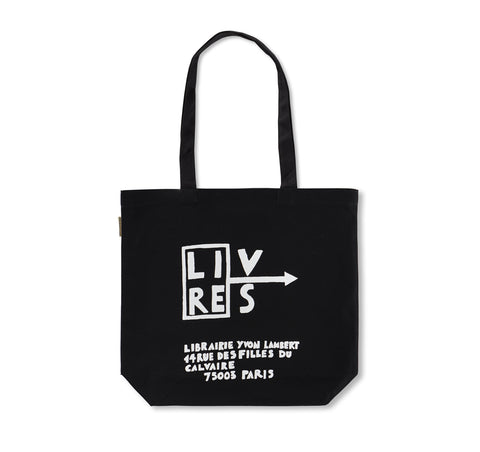CAMPO DI MARTE by Nathalie Du Pasquier
イタリアを拠点として活動するフランス人アーティスト、ナタリー・ドゥ・パスキエ(Nathalie du Pasquier)の作品集。
作者は、一時絵筆を置いていた2020年の3月に本作の構想を得た。1980年代から2020年にかけて制作した絵画を撮影して切り抜き、かたちの性質とそれらを並べることで生まれる解釈の余地のみに焦点を当てて、書体のように並べていった。こうして、無意味な要素からなる魅惑的な遊びが生まれた。タイトル、詩、単なる数式など、作者が言葉に詰まったときに本の世界から抽出したさまざまな要素が織り込まれたそれは、イメージがある種の文章を構成するよくあるシュルレアリスムだった。
本作は、2021年にローマの「ローマ現代アート美術館(MUSEO D'ARTE COMTEMPORANEA ROMA / MACRO)」で開催されたルカ・ロ・ピント(Luca Lo Pinto)のキュレーションによる展覧会のタイトルでもある。展覧会と同時に本書が刊行される予定であったが、新型コロナウイルス感染症の影響で書籍のみ先に刊行された。
「この本は、展覧会のオープニングに併せて刊行される予定でしたが、そうはなりませんでした。でも、展覧会とこの本は別ものなので、たいしたことではないのです。この本は全くもって展覧会のカタログではありません。どこでも、地下鉄の座席でパラパラと読むこともできます」
著名なデザイナーであり、1981年にミラノで結成されたデザイナー集団「メンフィス・グループ(Memphis Group)」の創設メンバーである作者は、同グループの中心人物でデザイナーのエットレ・ソットサス(Ettore Sottsass)とともに、(ポスト)モダンの冒険に乗り出し、オブジェ、テキスタイル、カーペット、家具のデザインを手掛けた。1986年にパスキエは平面と立体のペインティングに打ち込み始めた。「メンフィス・グループ」の急進主義と形式的な独創性は、批判的で象徴主義的なポストモダニズムの観点からのみ評価されたため、この冒険の近代的基盤はあまりにも早く消し去られてしまった。
作者の絵画は、絵画に応用された軸測投影法の構図、くすんだ色味のパレット、構図の中に存在する場合はオブジェ、時折垣間見えるル・コルビュジエ(Le Corbusier)やアメデエ・オゼンファン(Amédée Ozenfant)のピュリスム(純粋主義)の影響といった「つながり」を見事に表現している。最も三次元的なシュプレマティズム(絶対主義)- 建築家たち - から生まれた記憶や同化と混じり合った一部の絵画や構造物もまた、この芸術と応用芸術の歴史を際立たせている。
Campo di Marte was devised in March 2020, at a time when Nathalie Du Pasquier was not painting. After cutting out photos of paintings produced between the 1980s and 2020, the French artist then placed them in a sequence as if they were a series of typefaces, focusing solely on their formal qualities and the scope for interpretation offered by their assembly. What comes out is an enchanting game of nonsense, an everyday surrealism in which the images make up sentences of sorts, interwoven with various elements taken from the world of books: titles, poems or mere calculations – times when the artist was lost for words. Campo di Marte will also be the name of an exhibition, curated by Luca Lo Pinto, due to be held at the MACRO in Rome at the end of 2020. As Du Pasquier states: "The book was supposed to come out at the same time as the exhibition opening. That won't be the case, but it doesn't matter as they really are two separate things. This paperback is not a catalogue at all: it's something you can browse through even while sitting on the underground."
A famous designer and co-founder of the Memphis group in Milan in 1981, Nathalie Du Pasquier (born 1957 in Bordeaux, France, lives in Milan, Italy) accompanied the (post)modern adventure around designer Ettore Sottsass, with the creation of objects, fabrics, carpets, and furniture. In 1986, she started devoting herself exclusively to two- and three-dimensional painting. Memphis's radicalism and formal inventiveness measured solely in terms of a scathing and iconoclastic postmodernism erased a little too quickly the adventure's modern foundations. Nathalie Du Pasquier's paintings are a perfect revelation of these connections: axonometric compositions applied to painting, the palette of muffled colors, objects, when they are present in the compositions, wink at the purism of a Corbusier or an Ozenfant. Mixed with memories and assimilations arising from the most tridimensional Suprematism–the architectones–some paintings and constructions also give prominence to this history of art and the applied arts.
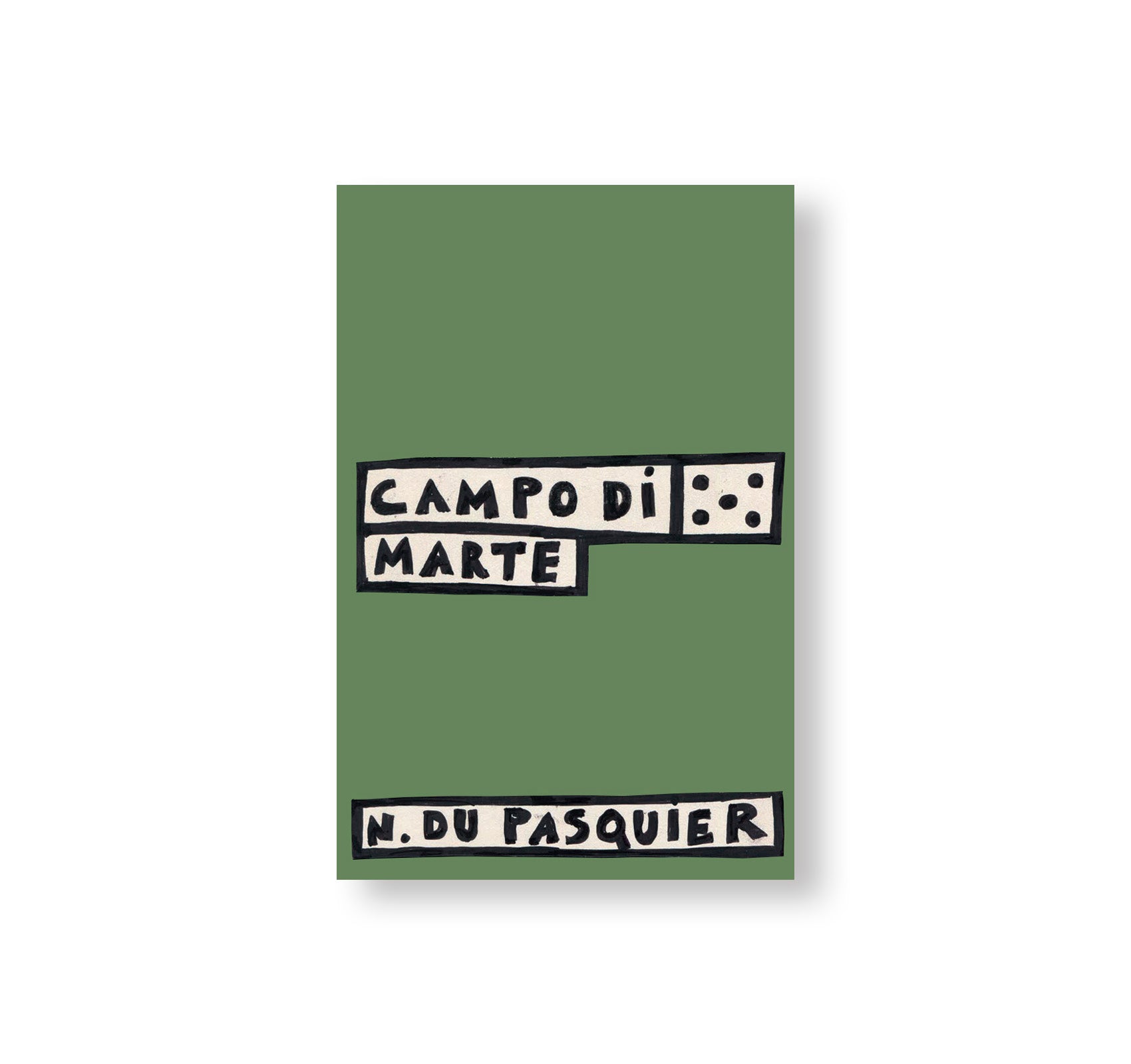
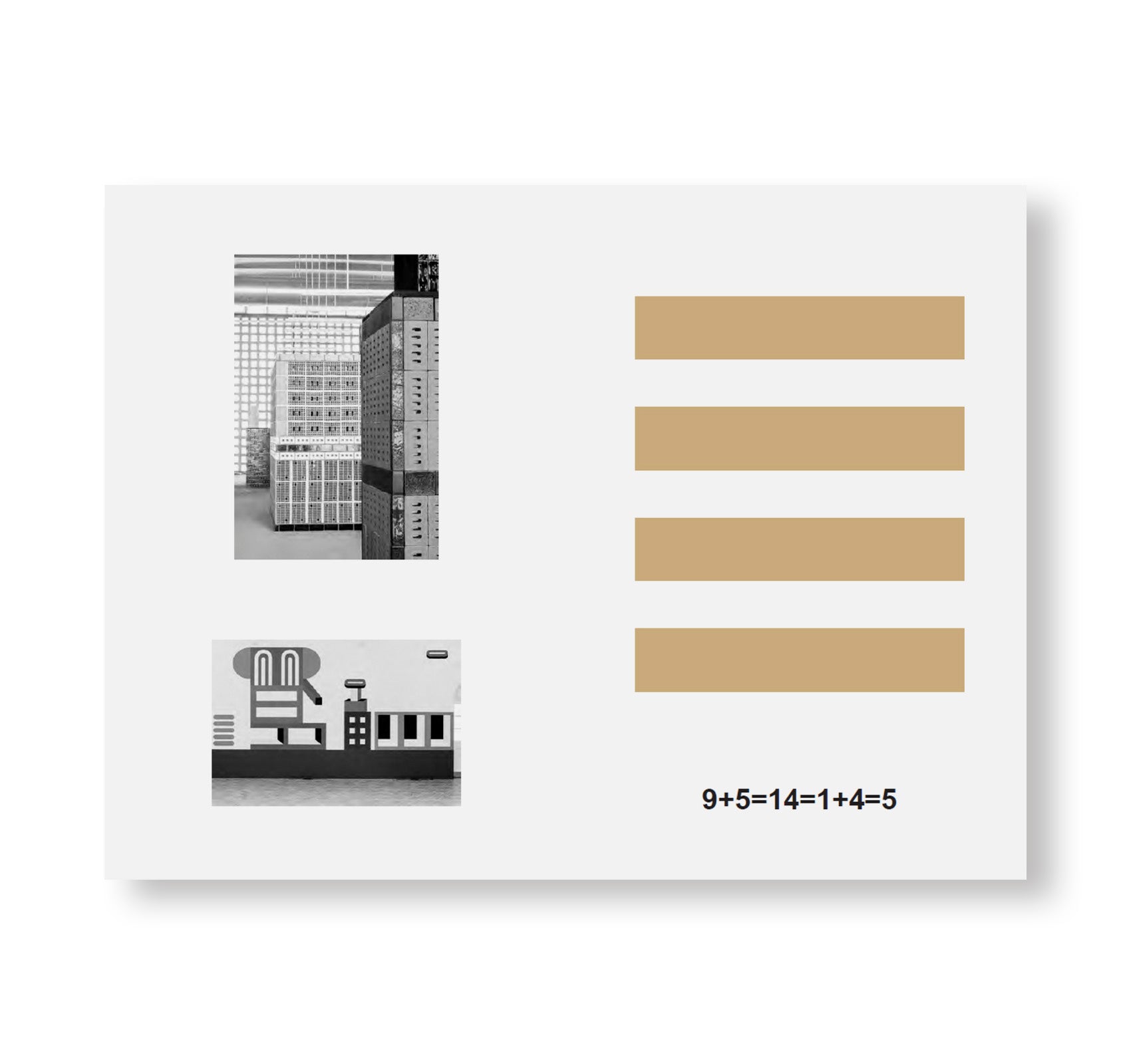
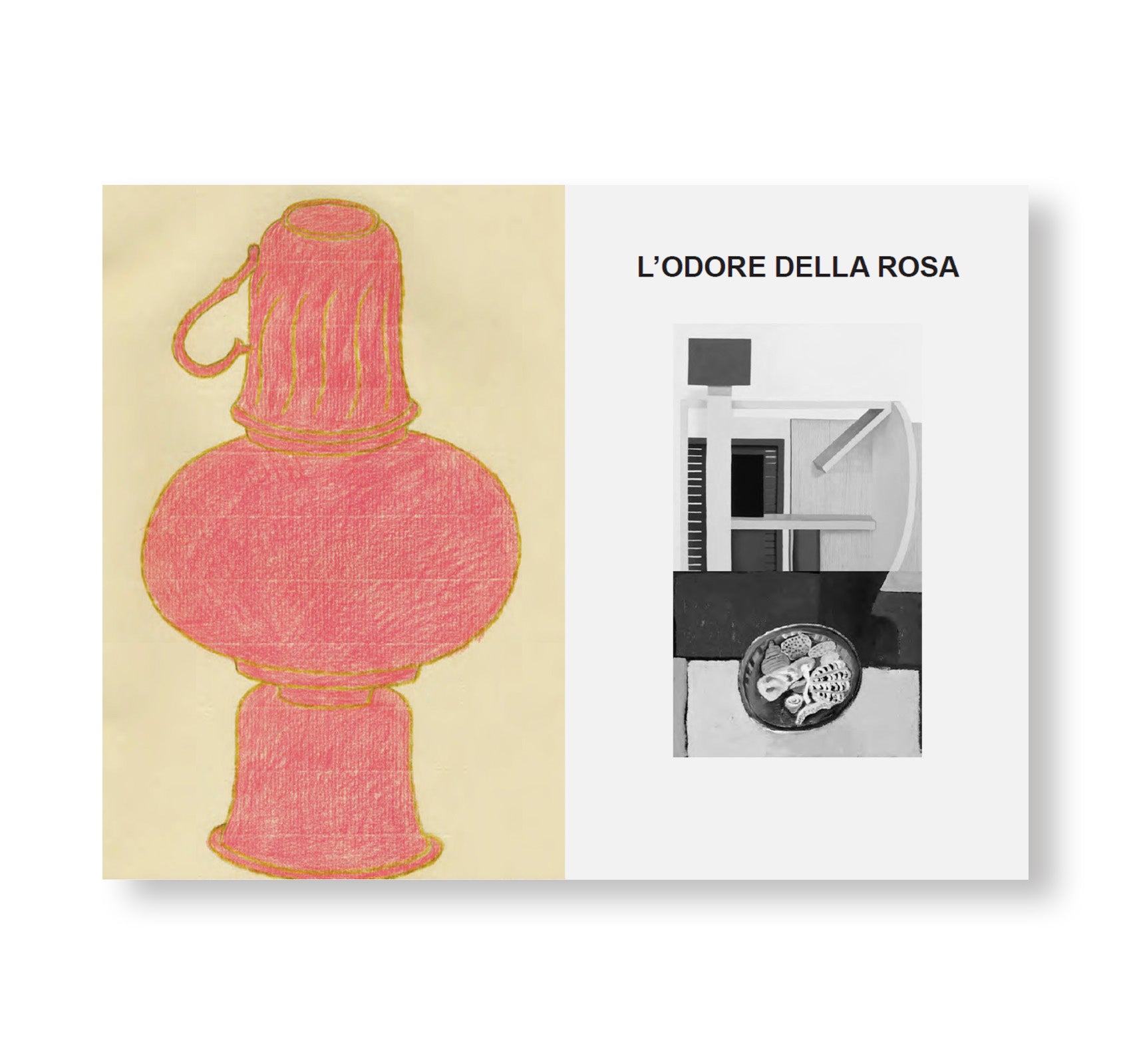
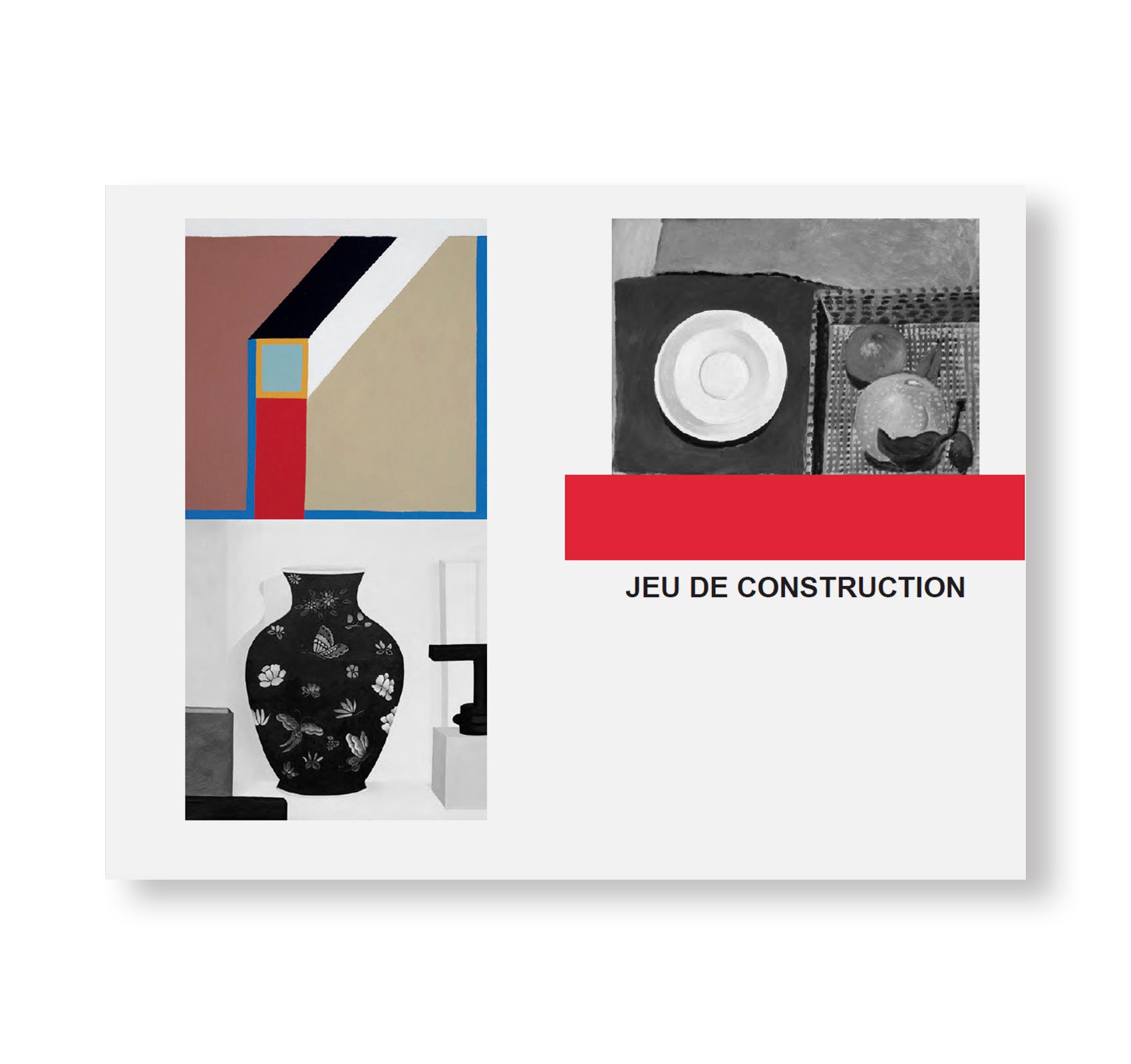
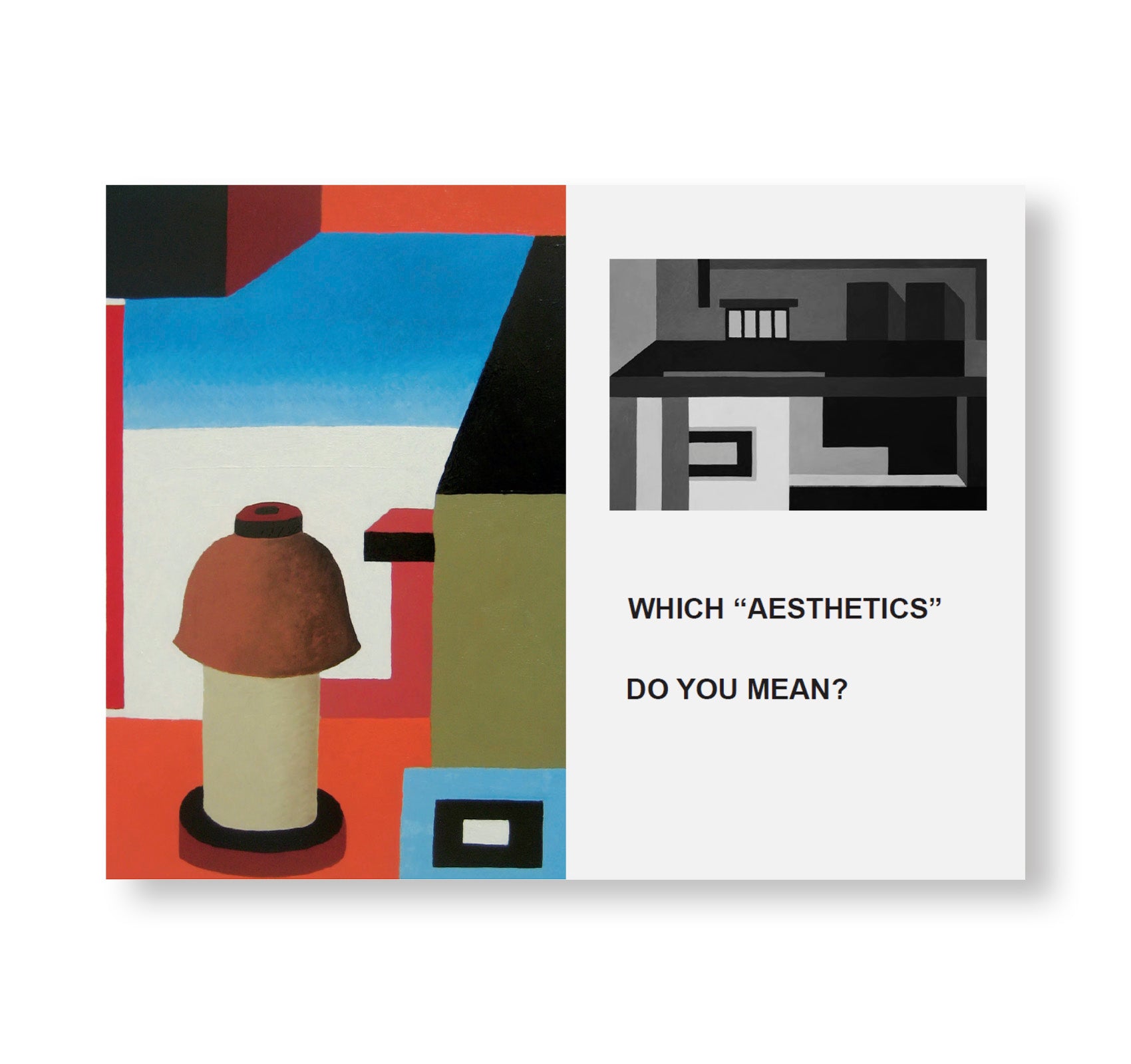

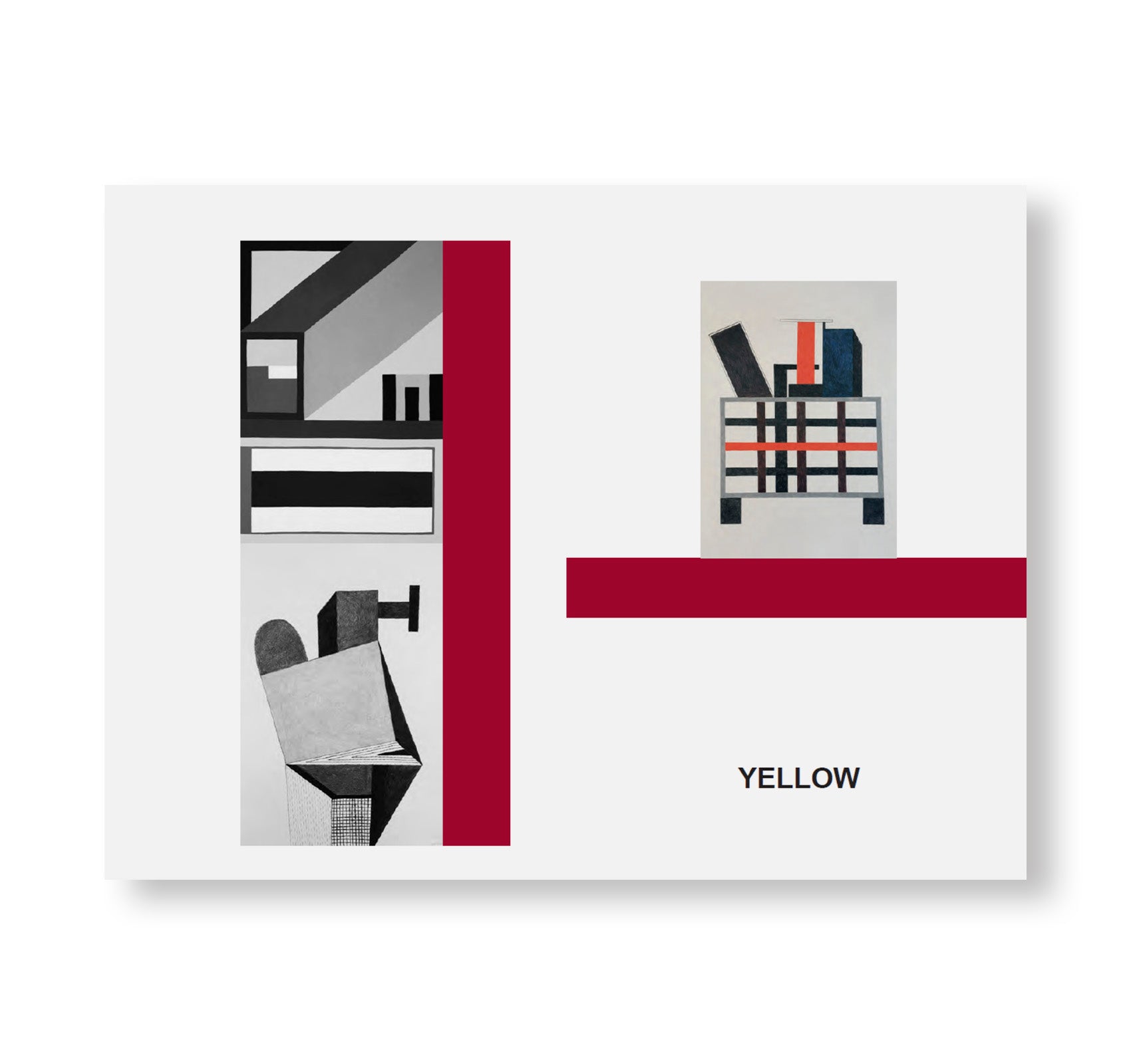
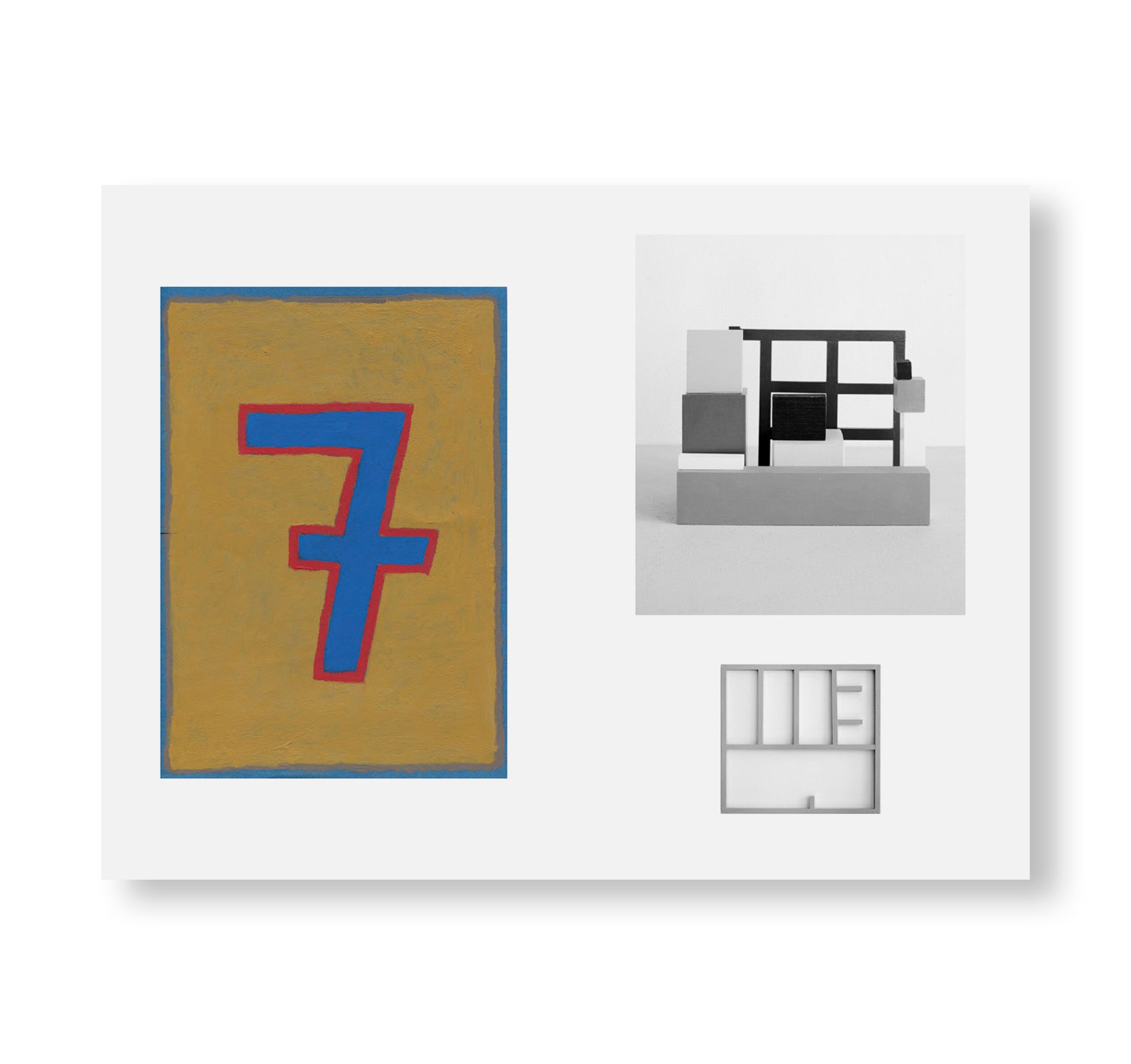
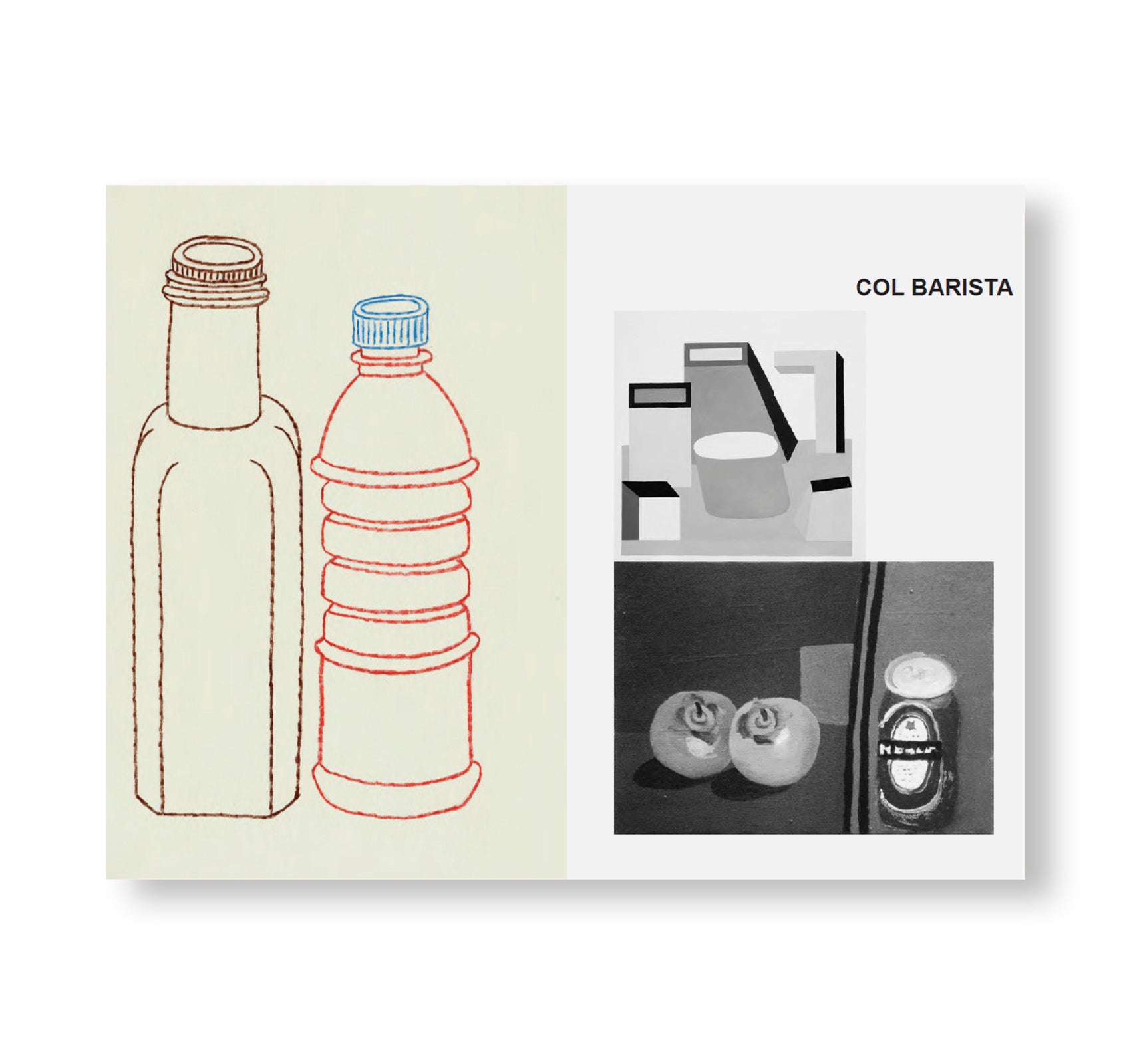
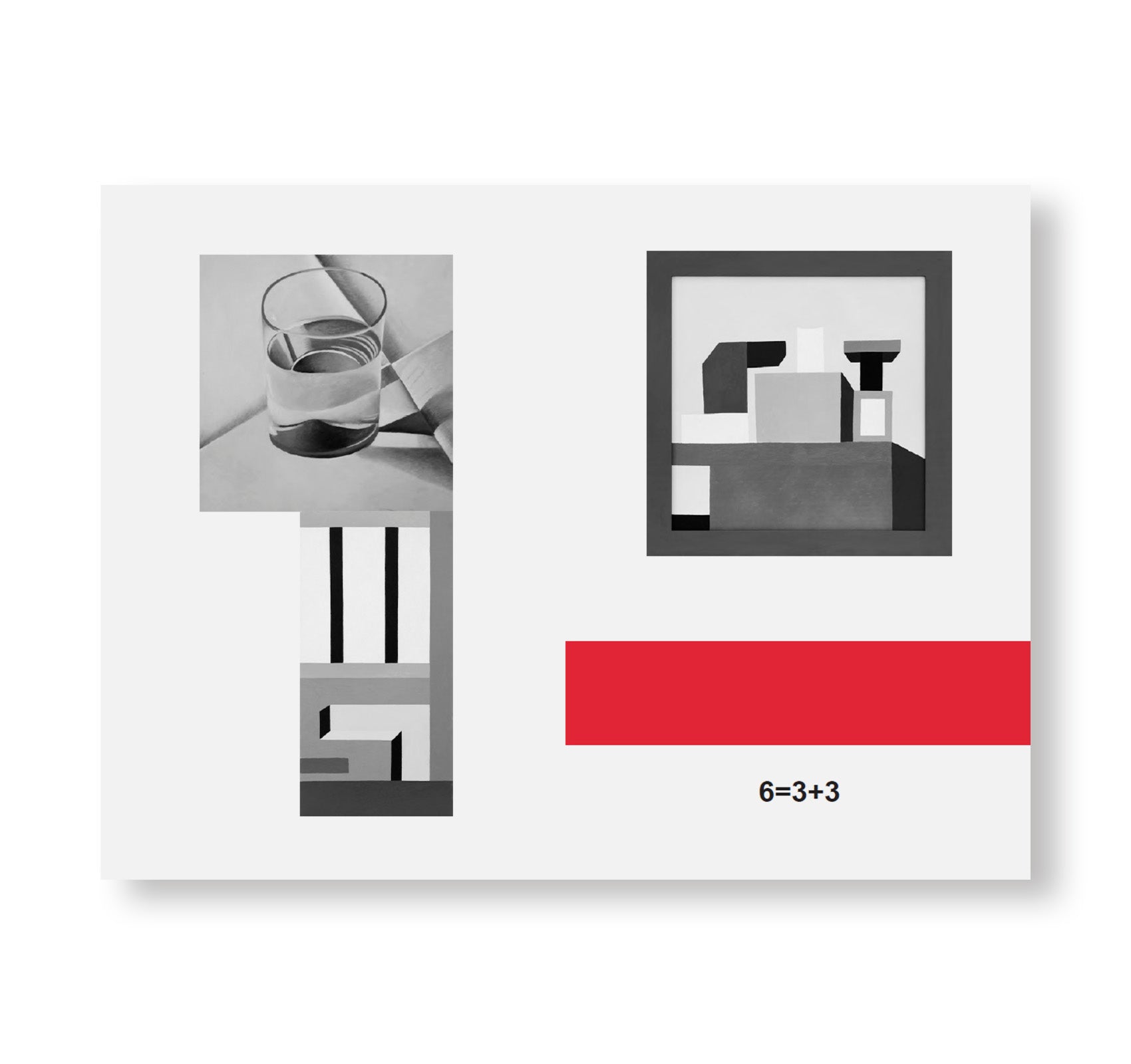
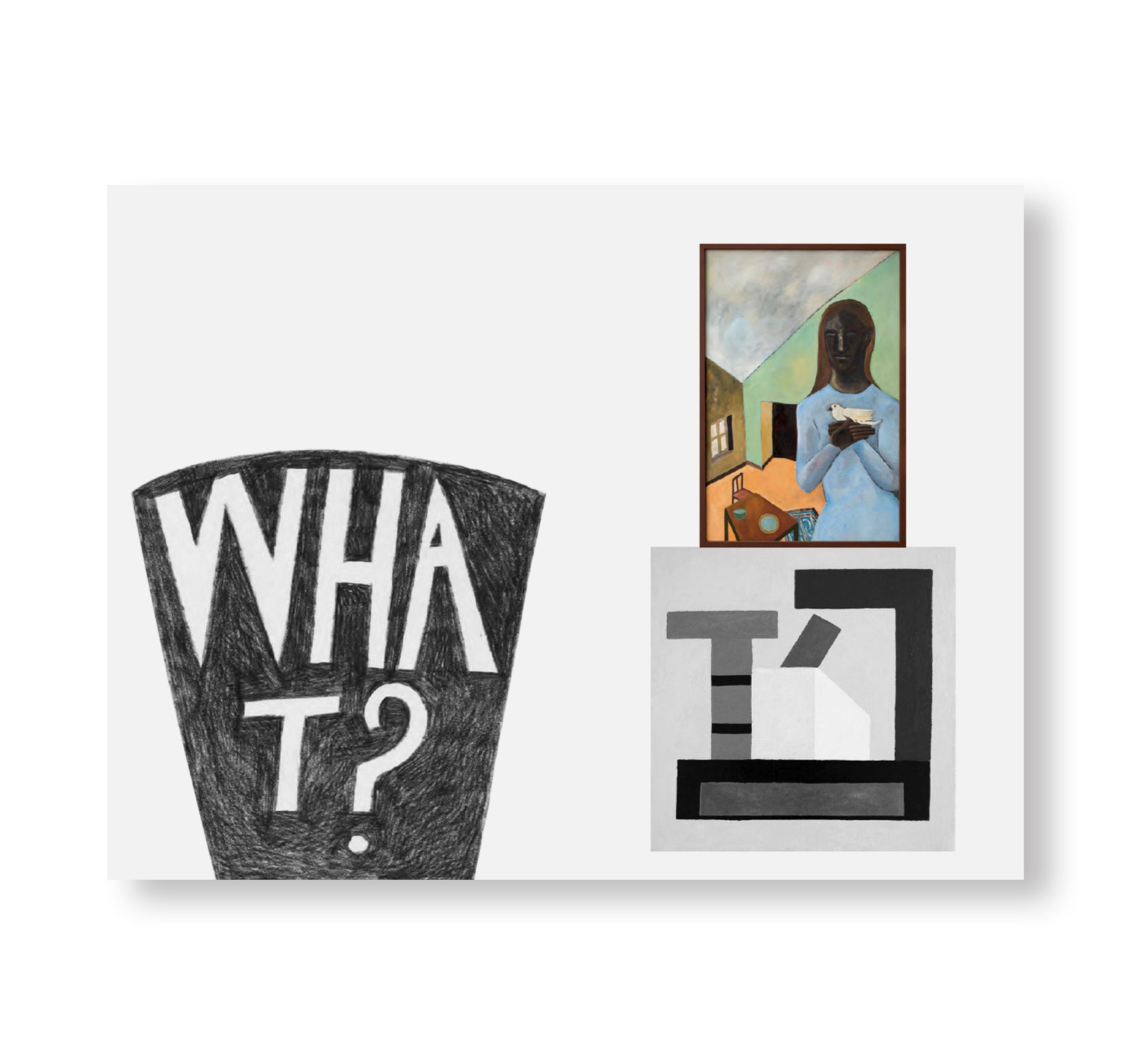
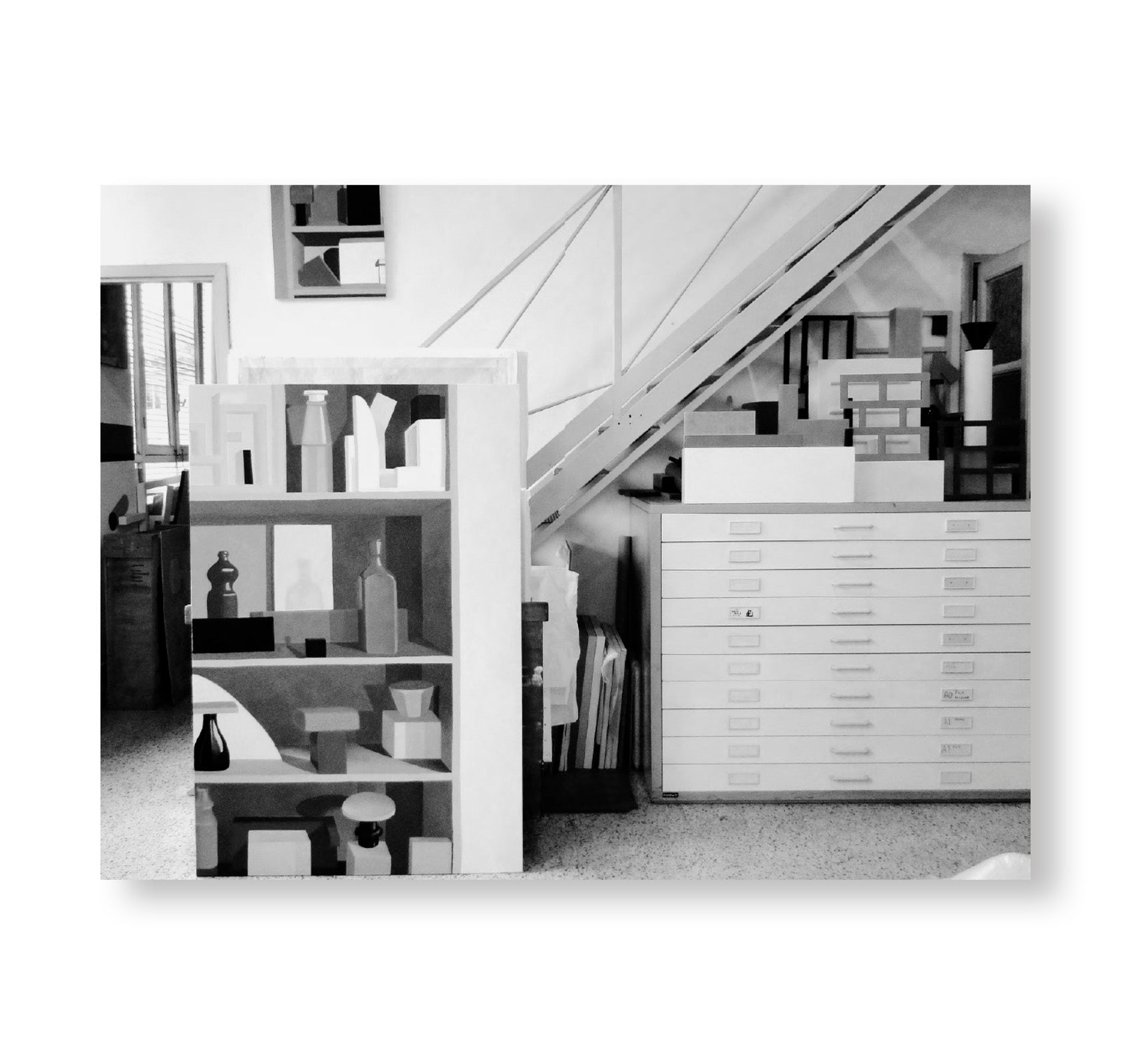
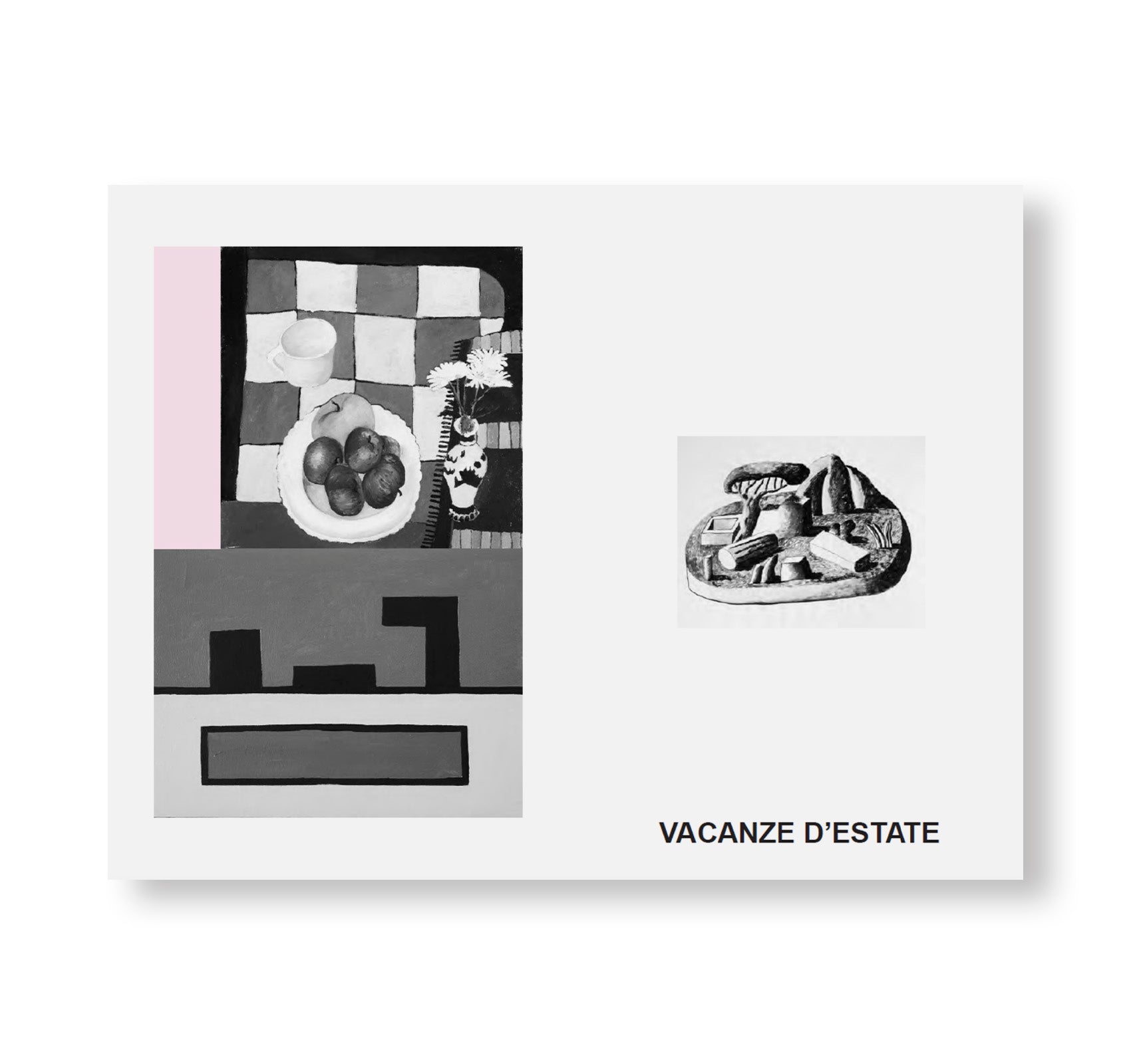
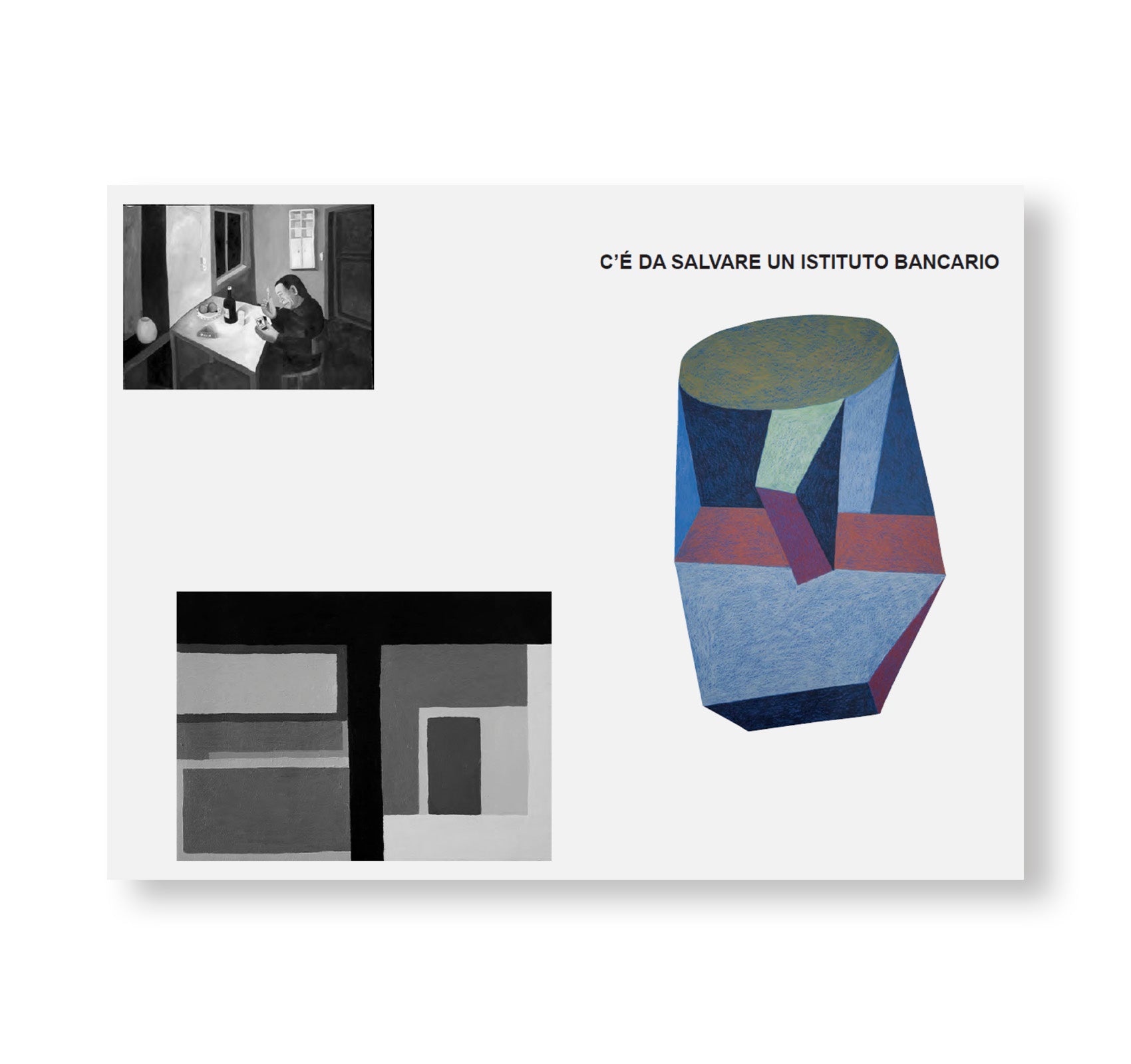
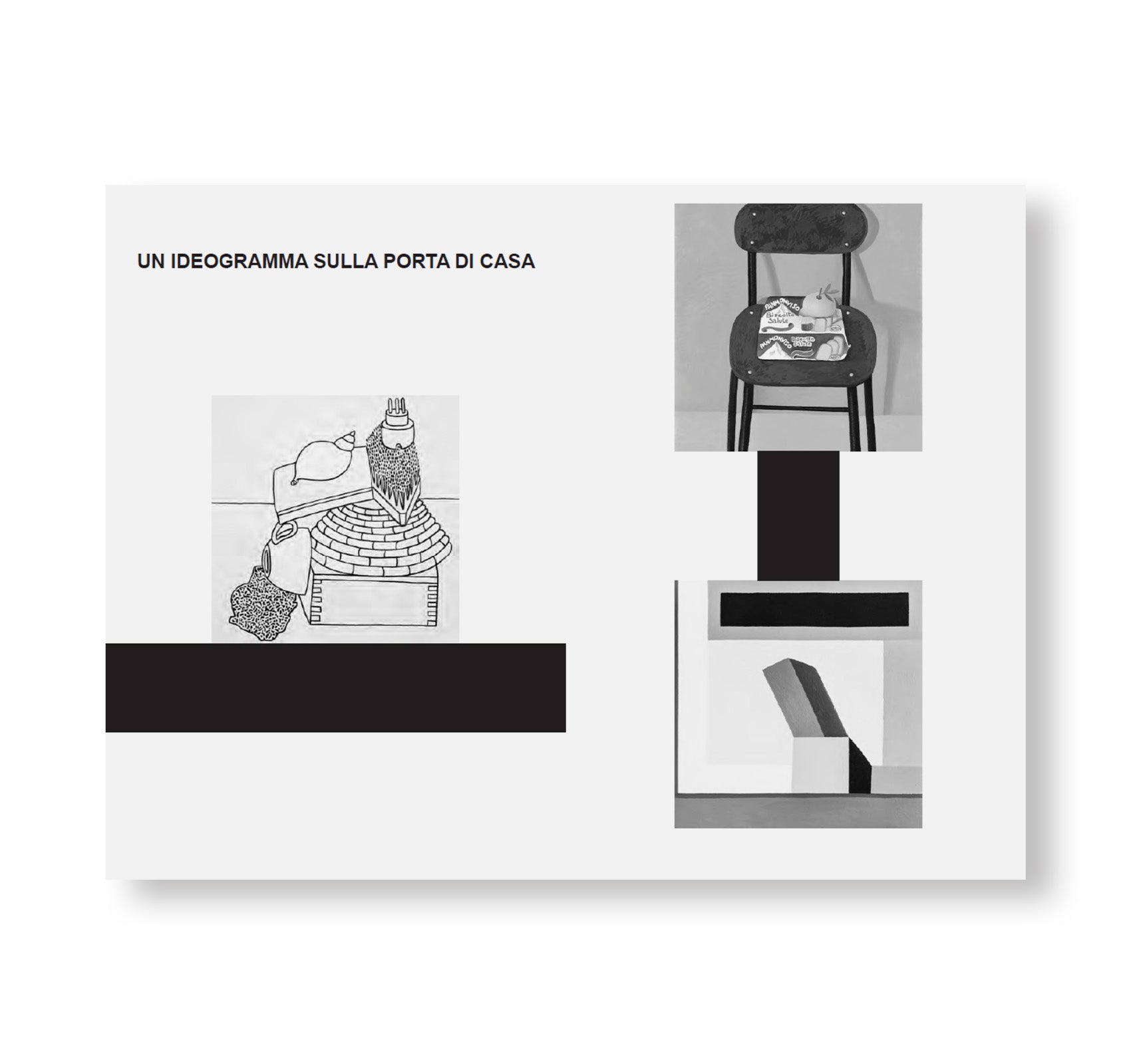
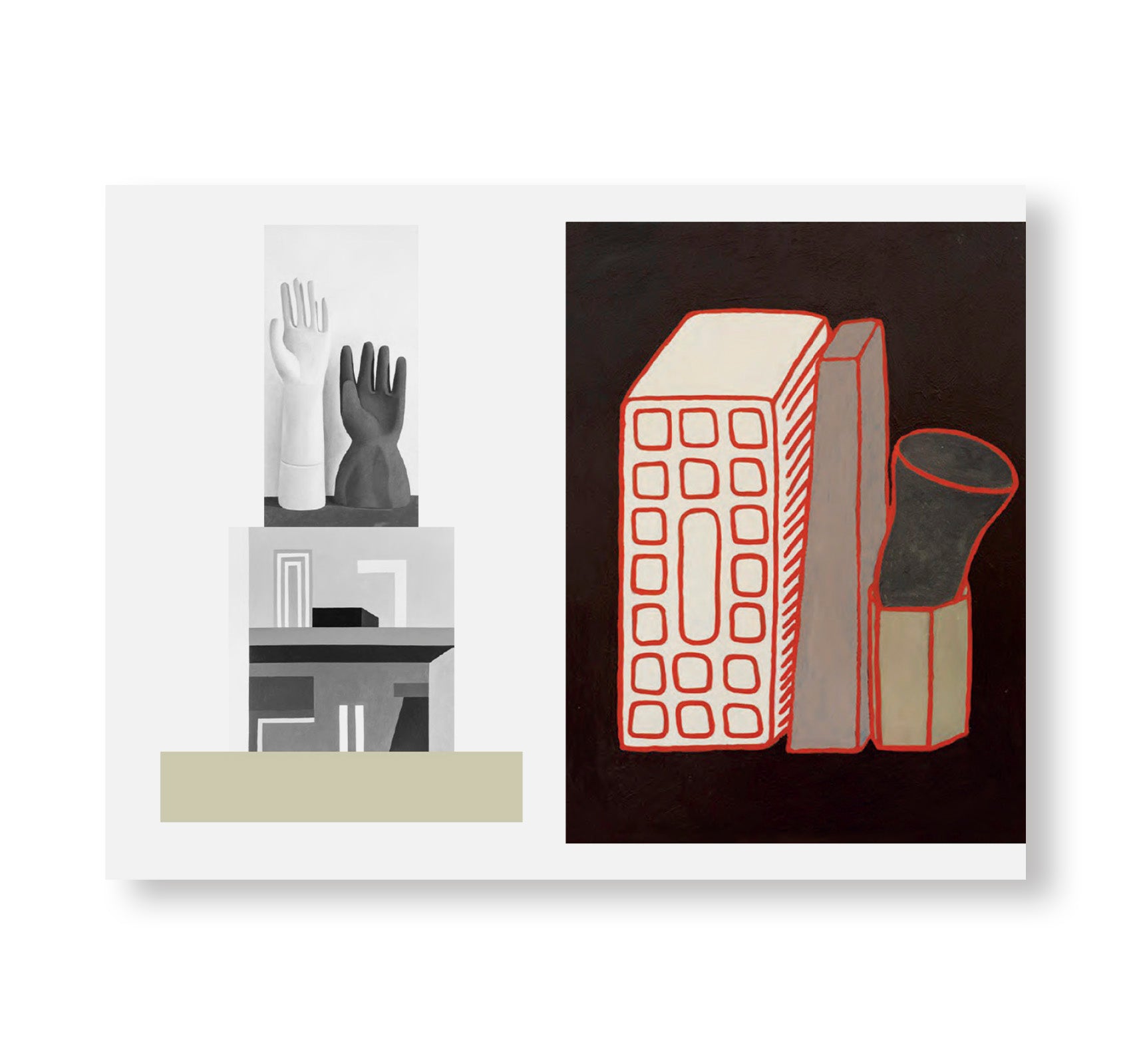
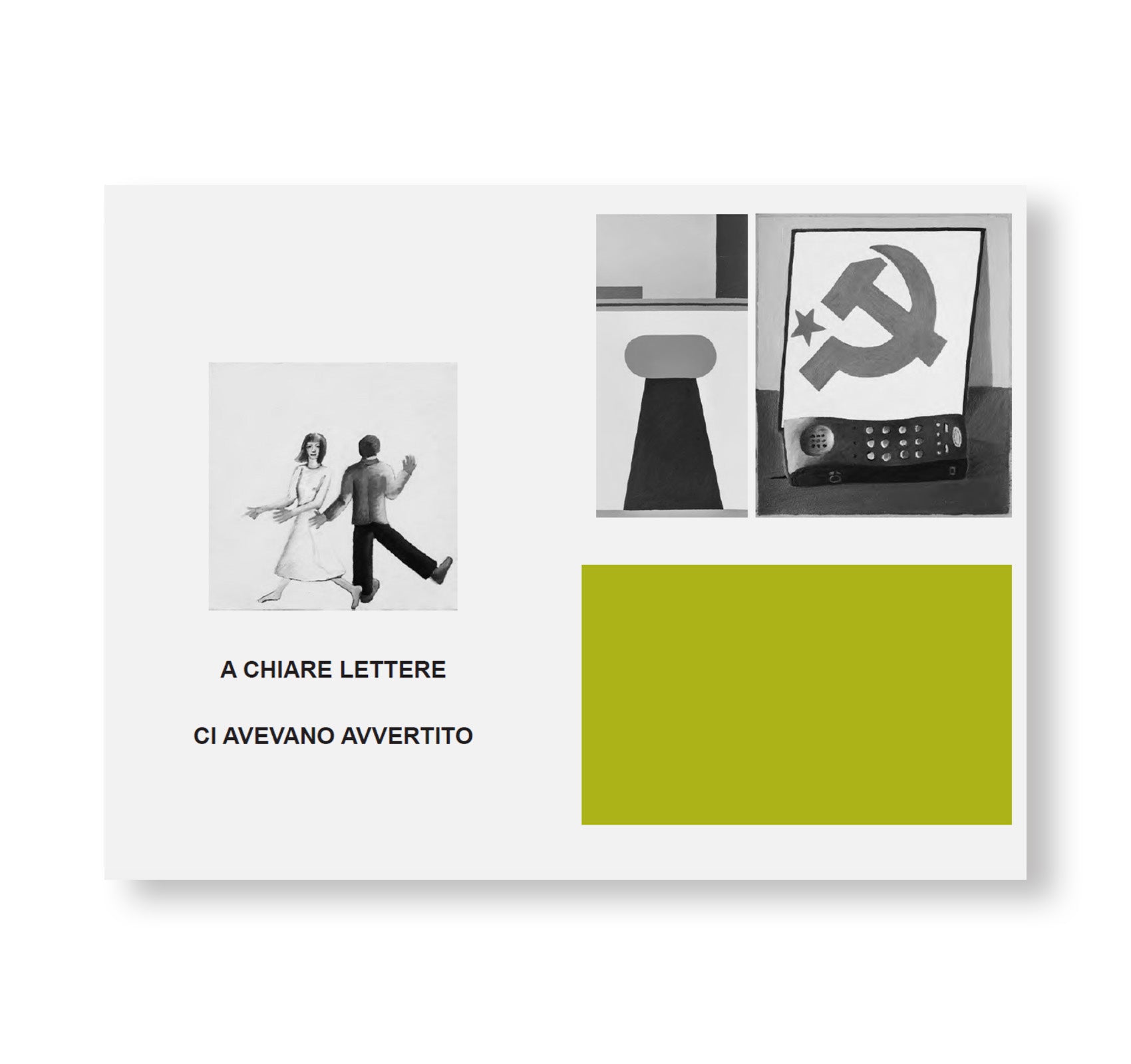
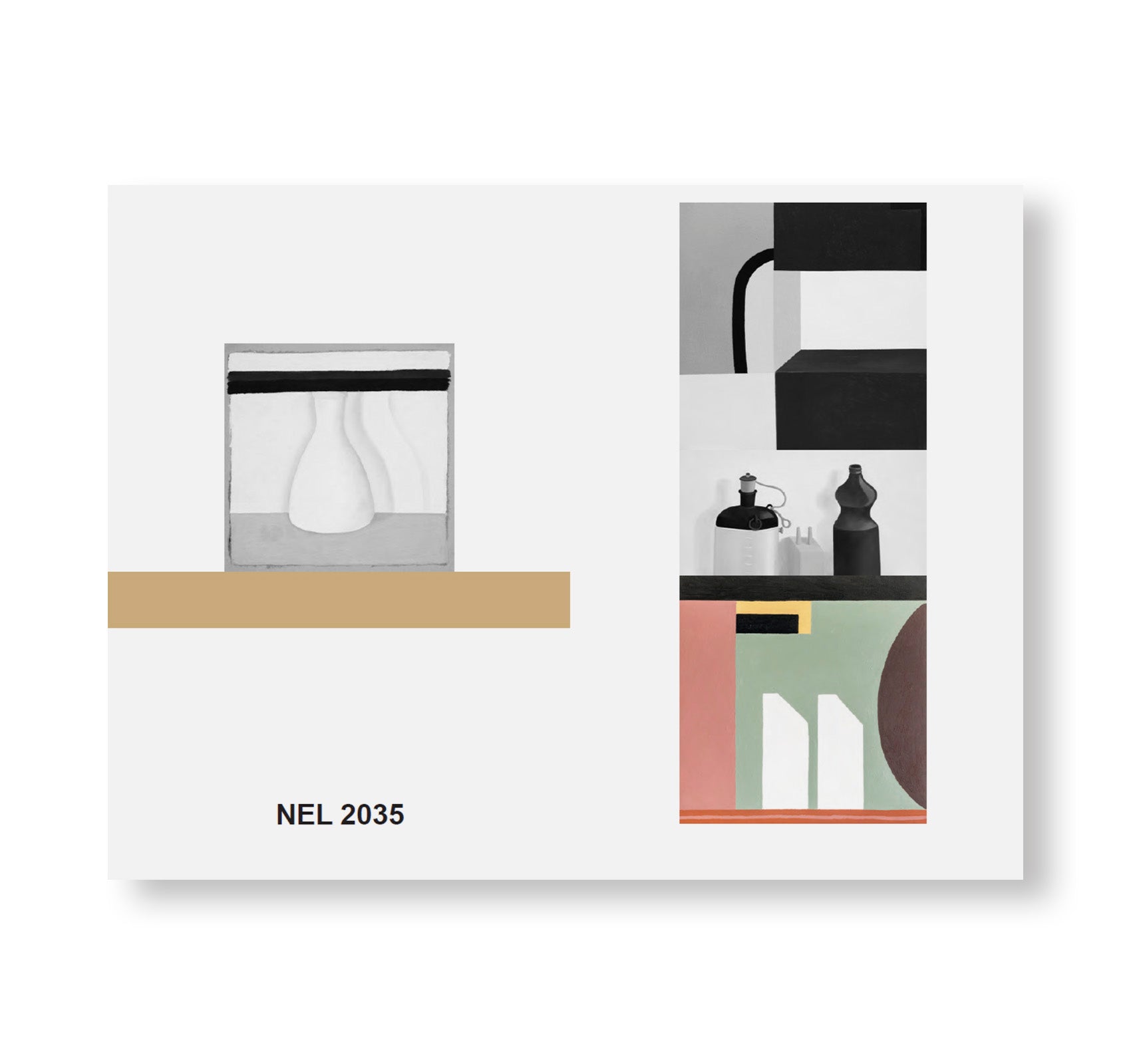

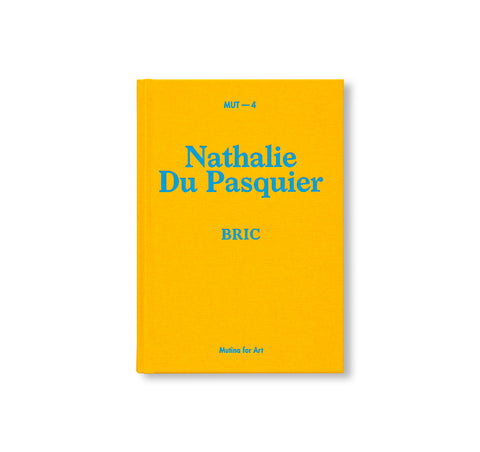
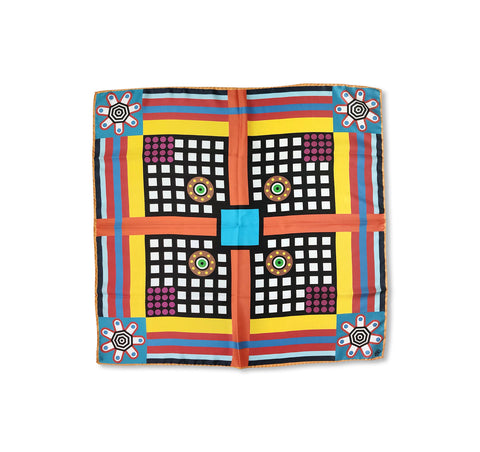

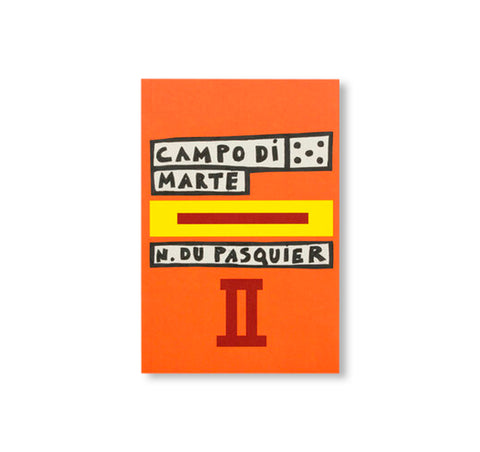
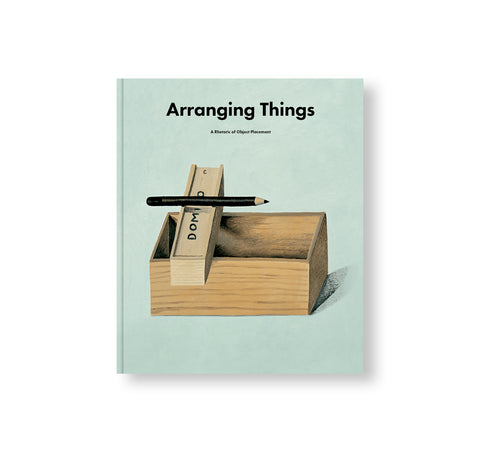
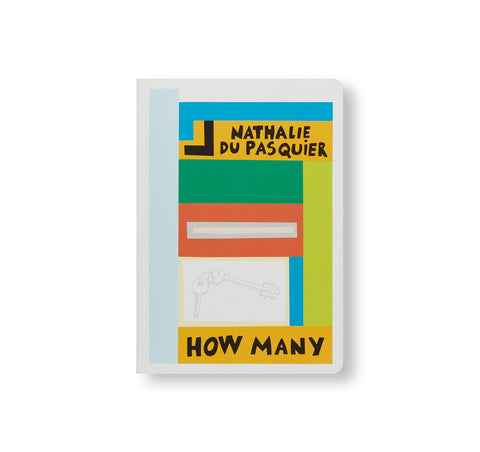
![LESS IS MORE, MORE OR LESS (POSTER) by Nathalie Du Pasquier [SMALL]](http://twelve-books.com/cdn/shop/files/LESSISMORE_MOREORLESS_POSTER_-SMALLbyNathalieDuPasquier_00_large.jpg?v=1684375824)
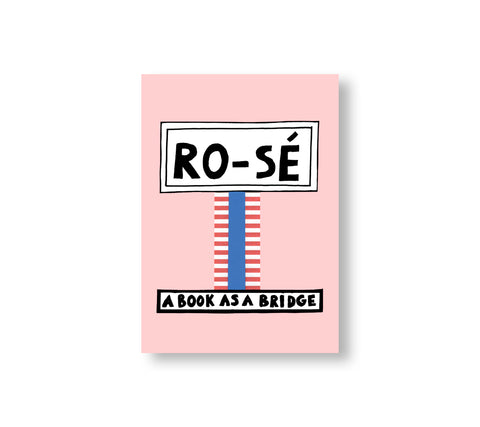
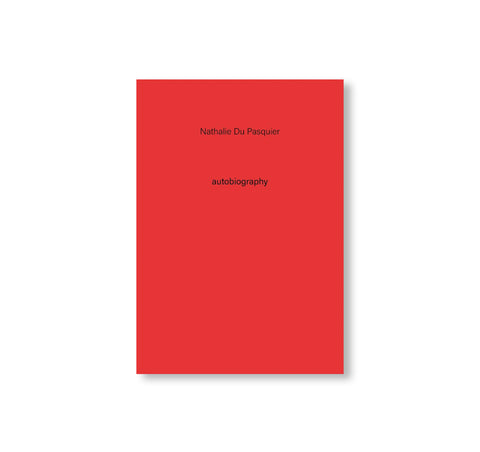

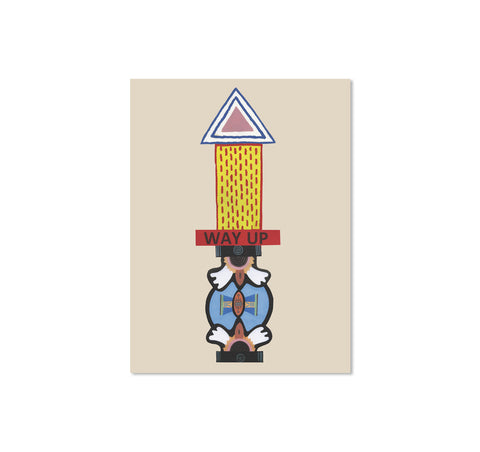
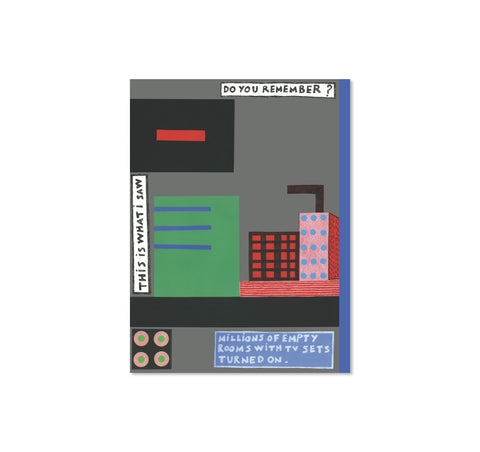
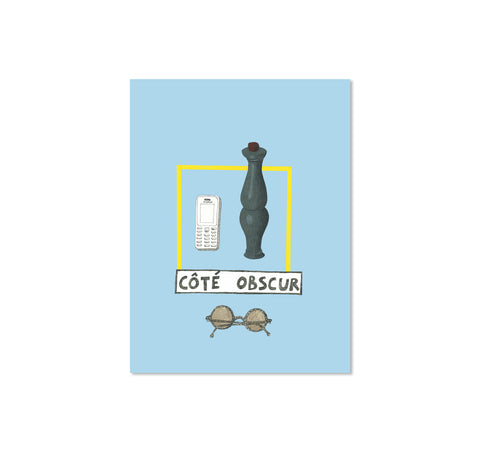
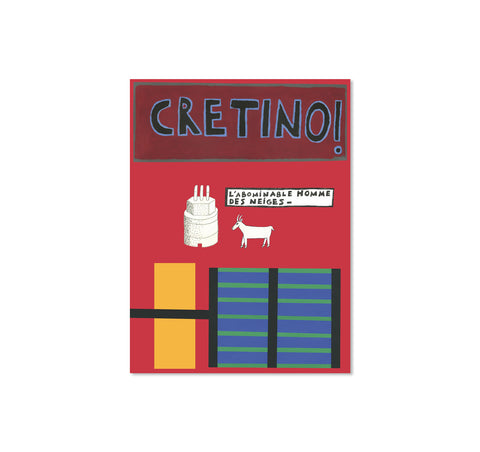
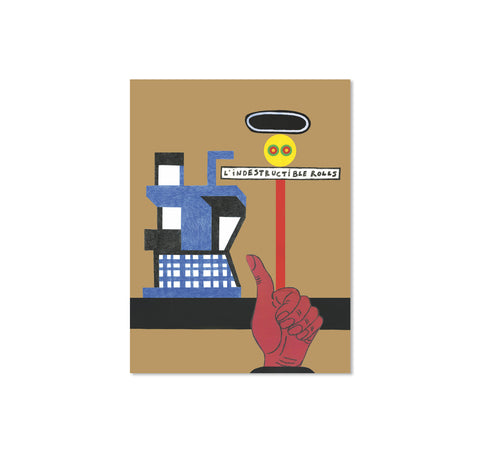
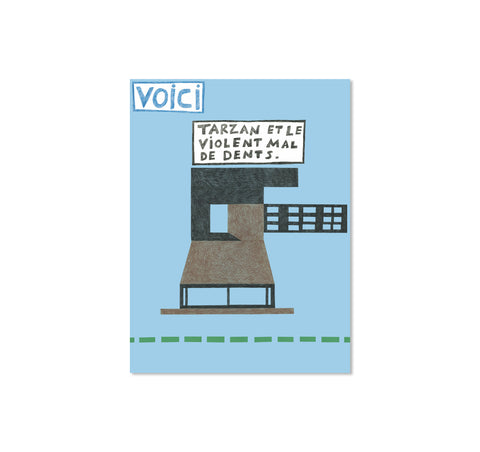
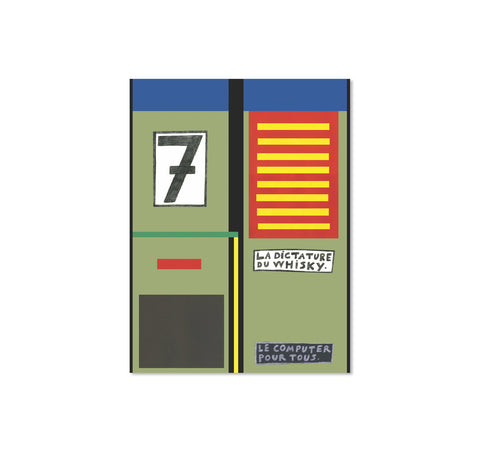
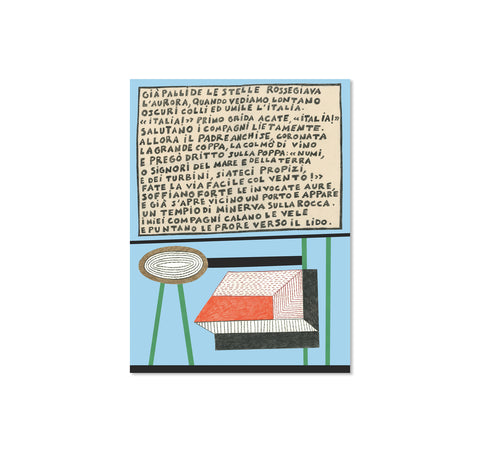
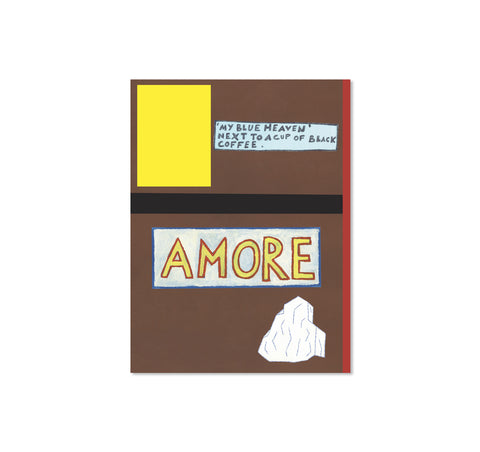
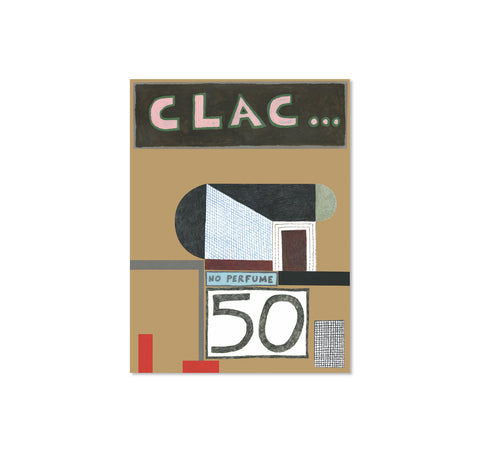
![ANDATA-RITORNO by Nathalie Du Pasquier [SIGNED]](http://twelve-books.com/cdn/shop/products/nathalie_00_large.jpg?v=1569418738)
